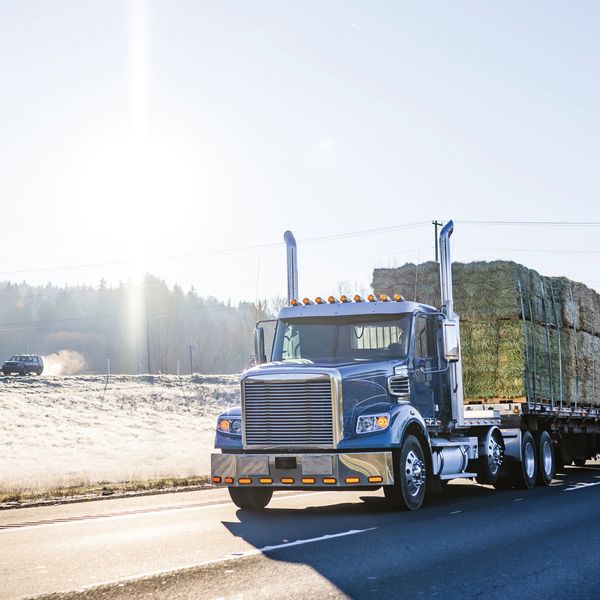Expert Insights: Tips for watching your (vehicle) weight
As long as your truck is running at less than a state’s maximum operating weight, you’re good to go, right? Maybe not.
Over the years I’ve spent answering questions from carriers, it’s become apparent that the numerous terms used to describe vehicle weights can easily confuse those trying to comply with transport rules. Sorting out those terms and keeping them straight can help you stay safe and avoid citations for exceeding weight limits.
Gross vehicle weight rating (GVWR)
The GVWR is the maximum operating weight of a vehicle specified by the manufacturer. This number includes the vehicle’s chassis, body, engine, engine fluids, fuel, accessories, driver, passengers, and cargo but excludes the weight of any trailers.
Gross combined weight rating (GCWR)
The GCWR is the specific weight determined by the manufacturer to be the maximum weight of a loaded vehicle and its attached loaded trailer.
A vehicle’s GVWR and GCWR are normally found on a manufacturer’s plate attached to the door or glove box, or on the front of each trailer.
Gross vehicle weight (GVW)
A vehicle’s GVW is commonly held to be the actual weight of the vehicle itself (curb weight) plus all cargo and passengers. The GVW is not a limit or specification; it is the actual weight obtained when the fully loaded vehicle is driven onto a scale at any given time.
Gross combination weight (GCW)
Similarly, the GCW is understood to be the actual weight of a loaded towing vehicle (GVW) plus the weight of the fully loaded trailer(s), plus passengers, fuel, etc. It’s the actual weight obtained when the vehicle and trailer(s) are weighed together on a scale.
Here’s where things get messy: Registered weight
Registered weight means the weight for which a vehicle or combination of vehicles has been licensed or registered.
This is where many carriers are caught off guard: A vehicle’s weight rating should not be confused with its registered weight. To reduce registration fees, vehicles are often registered at a lower weight than they are rated to carry.
The registered weight can be less than the ratings if the carrier never travels at the maximum weight, but never more than the vehicle is rated to carry as this presents a safety issue. And then, the truck must always operate within the registered weight limit or risk a citation for “exceeding allowable weight.”
Another hazard: State maximum operating weights
And finally, just because a state allows up to X-thousand pounds on their highways does not mean a vehicle can necessarily run at that weight. The vehicle must also be within the manufacturer’s ratings and its registered weight to be safe and avoid citations for “exceeding allowable weight.”
















































